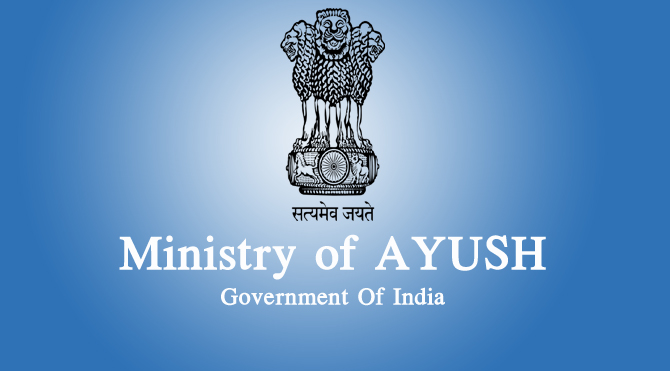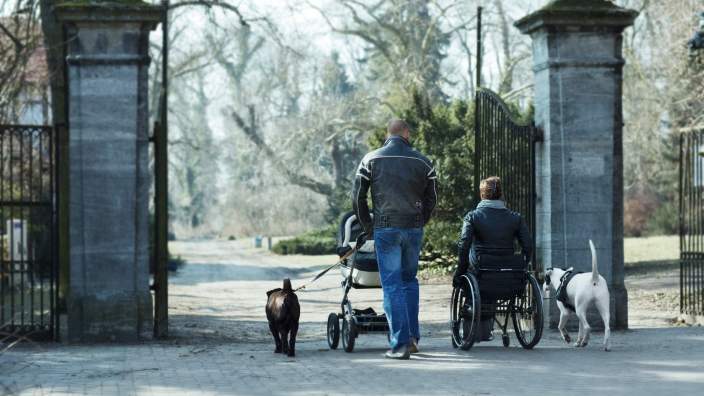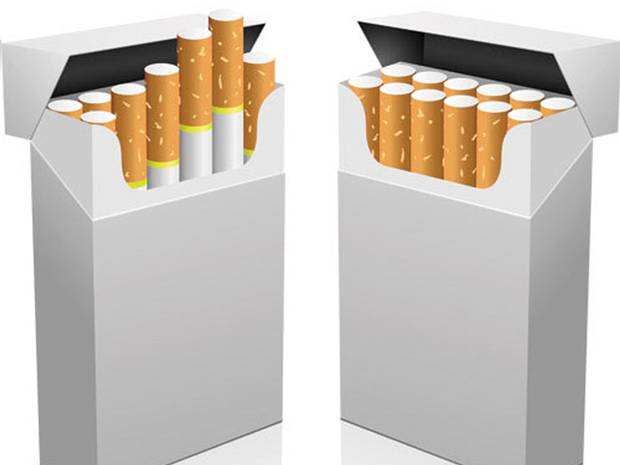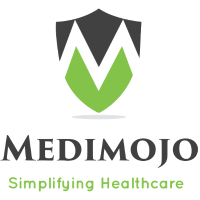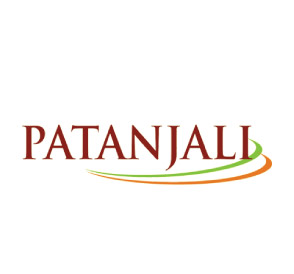
Nitin Goyal, Head of Operations and Business Head, mHealth, HealthFore Technologies, explains about the companys MediPhone service for providing medical assistance through mobile networks to ENNs Rajesh K Sharma
On the reach of the MediPhone service since its launch
Our primary service, MediPhone, which is in collaboration with Airtel, is pan-India. When we started this service in 2011, it was only in northern states. But by the November the same year, it was available across the country. Currently, it is available to all Airtel subscribers in three languages “ Hindi, English and Kannada.
When we started in 2011, we began with certain projections, based on the kind of subscriber base that existed. Our response has been in line with those projections.

Challenges faced when the service was launched
The biggest challenge that we faced was education and awareness “ how do you reach out and make people aware of such a service. The second challenge was inculcating a change in people to get them to understand how such a service can be used. Another problem we face is that people dont have balances on their phones. We get a very large number of calls every day. However, because the callers have a very low prepaid balance on their mobiles, the calls get disconnected before they can speak to a health advisor.
On future challenges
The same challenges remain. India is a large country, and people need episodic care. Unless there is awareness and recall of the service, the uptake is always going to be low. The usage is always a factor of the promotions that are being done.
The most common queries that MediPhone receives
Most of the calls are for minor ailments like allergies, fever, cough, cold, abdominal conditions. We also get calls for sexual concern, that people are comfortable talking on the phone.

Whether this service can treat serious ailments
Not really. It is not a service that can be utilized for something serious or chronic. For chronic ailments, we do run other services outside of Medi- Phone. In MediPhone, we frequently get calls from people with more serious ailments like cardiac issues, cancer and people wanting to know about IVF treatment. In such cases, we do provide general help, but always tell them to go and see a specialist. On providing medical advice in absence of medical history In my opinion, the service is no different than seeing your General Practitioner (GP). When you visit a general practitioner, you talk about your medical history. During consultation, if you do not give enough information, the doctor will not be able to detect certain issues. It is the same for a telephonic conversation. The difference is that our health advisors are trained to follow a certain protocols. For example, for every call we receive, the health advisors always ask for medical history and enquire about certain ailments like hypertension, diabetes, cardiac issues etc. and based on those, they give the advice. But the underlying fact is that MediPhone is for minor ailments. If the doctor taking the call anytime feels that the situation requires a face-to-face discussion, they will redirect the person to a physician.
When we started this service in 2011, it was only in northern states. But by the November the same year, it as
available across the country. Currently, it is available to all Airtel subscribers
On whether rural or urban callers use the service more
In our experience, the response has been balanced. We do track the demographic of the callers, and we do get a fairly large number of calls from rural areas. About 60 percent of our calls come from rural areas, but thats what we would expect.
On the mobile density
When we started the service in 2011, people used to talk about there being 900 million subscribers. After TRAI came out with a new policy, a recalibration was done and the active numbers turned out to be lower.
On distributing content through SMSes and 3G services
SMS was been a part of the service since 2012, we had started distributing content through SMS and it is still continuing. As far as 3G is concerned, we are working on new initiatives to utilize digital content.
Scope of mHealth in India
Tremendous. But certain things need to happen first like regulatory changes. The government came out with a draft on ehealth standards a few months back, but it is still under discussion. That needs to be released, so that there is acceptance of mHealth by the players.
On mHealth being used to combat epidemics
As a preventive measure, absolutely. Dispensing education through these lines can be very useful. Educating people about epidemics that are happening in their areas can help in controlling epidemics tremendously. Such servises can also keep the citizens informed on health initiatives and camps in their areas, which can help combat diseases.
On the sharing of info among mHealth players
There are bodies like the Telemedicine Society of India (TSI) that facilitate exchange of ideas regularly, but we could be doing far better. A part of that has to do with regulatory support. Once there is a formal acceptance, there will be more exchanges.
Be a part of Elets Collaborative Initiatives. Join Us for Upcoming Events and explore business opportunities. Like us on Facebook , connect with us on LinkedIn and follow us on Twitter , Instagram.



